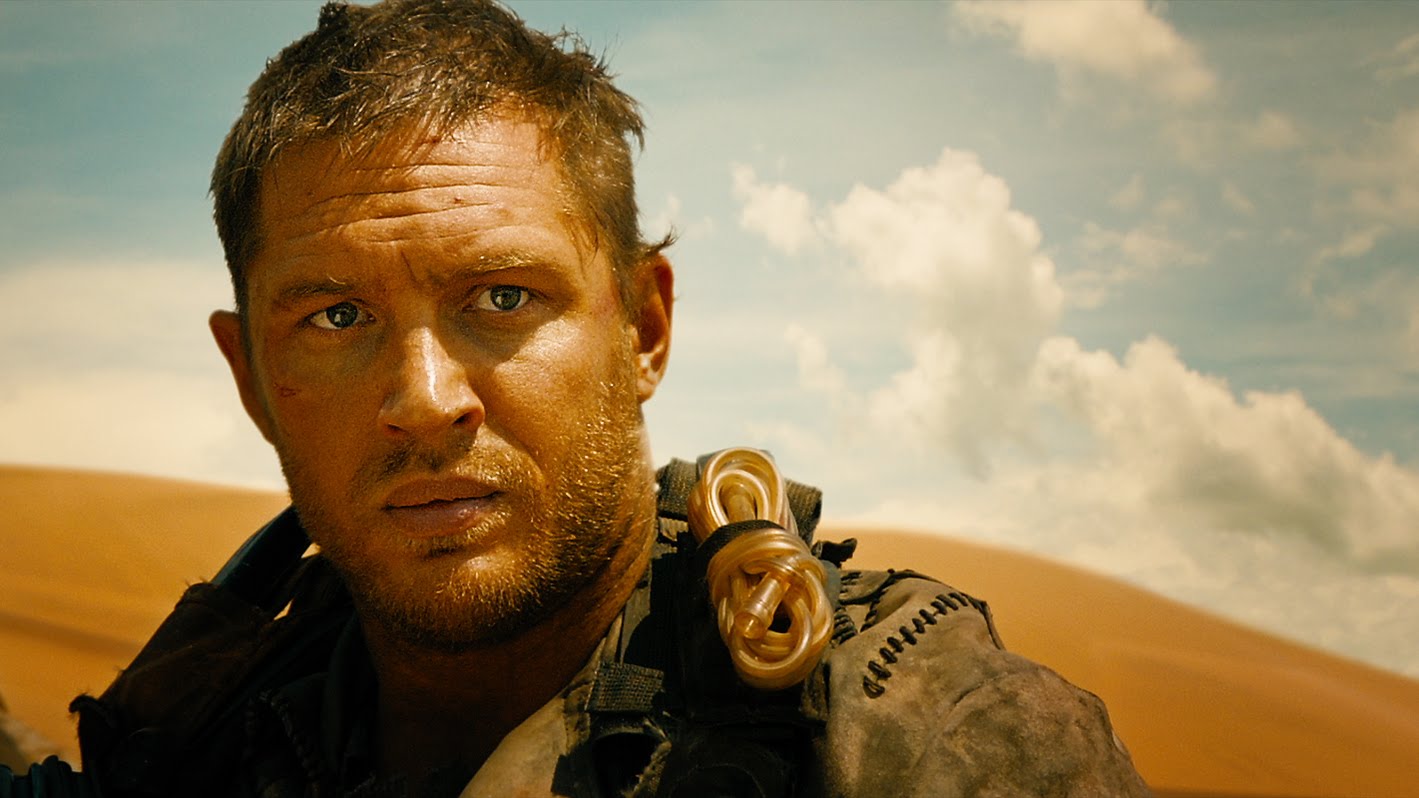
Following on from the male ensemble landscape films came to represent Australian cinema during the 1970s and 80s and the subsequent reaction to them in the 1990s, Australian cinema has gradually branched out during the last fifteen years. A far more diverse cinema that has adopted genre film, albeit often in a social realist format, Australian film can no longer be pigeon holed or easily defined.
This list will present a mixture of genres, aesthetics, themes and budgets, a recent increase in international co-productions has allowed for bigger budgets and better visibility, with 2015’s Mad Max: Fury Road becoming one of the most financially successful Australian films of all time. It was too difficult to rank the final ten films, so here they are in order of release, enjoy!
1. Chopper (2000, Andrew Dominik)
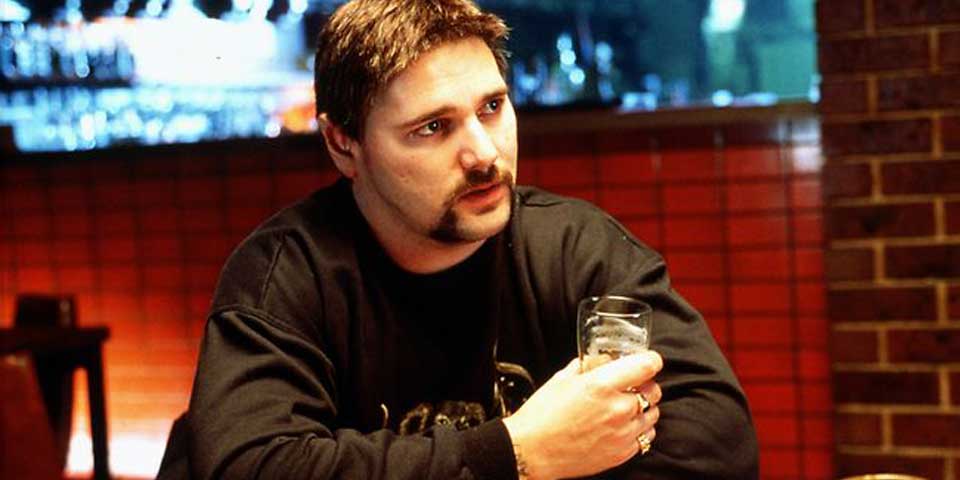
Based on the real-life figure of Melbourne standover man Mark “Chopper” Read, Andrew Dominik’s 2000 film shot himself and his leading man, Eric Bana, into the Hollywood limelight.
Opening in 1991 we see Mark Read relaxing in his jail cell with two guards watching his own interview on television. We are immediately privy to the enigmatic charm of the larger-than-life character, a charm that has allowed him to influence and manipulate those around him, as seen through the dark origin story of the first act.
In keeping in check with the general sentiment towards the convicted criminal, Chopper doesn’t offer a simplistic answer to the character of “Chopper” Read, merely offering a glimpse into the mindset of the troubled and revered figure.
In this sense the film shows close ties to social realist cinema, a dominant genre throughout Australian film history. This style of cinema never panders to its audience, nor does it give clear didactic narratives, and Chopper is no different. Yet amidst the grimy depiction of Melbourne and the confrontational tone that Dominik provides are moments of absurdist comedy, reflecting the bizarre light-heartedness of the titular individual.
Dominik’s direction is smart and patient, allowing Eric Bana to gradually work into every scene with an ever-increasing sense of placid rage. Each scene feels ugly, a place where Bana’s Chopper feels right at home. Bana’s performance is truly astonishing and was a welcome surprise to the Australian film community, who had only known him for his impressions in the popular sketch show, Full Frontal, as well as a hilarious turn in the seminal 90s Australian comedy, The Castle.
Andrew Dominik wouldn’t follow up Chopper until 2007, where he would collaborate with Brad Pitt to produce the wonderful anti-Western, The Assassination of Jesse James by the Coward Robert Ford.
2. Wolf Creek (2005, Greg Mclean)
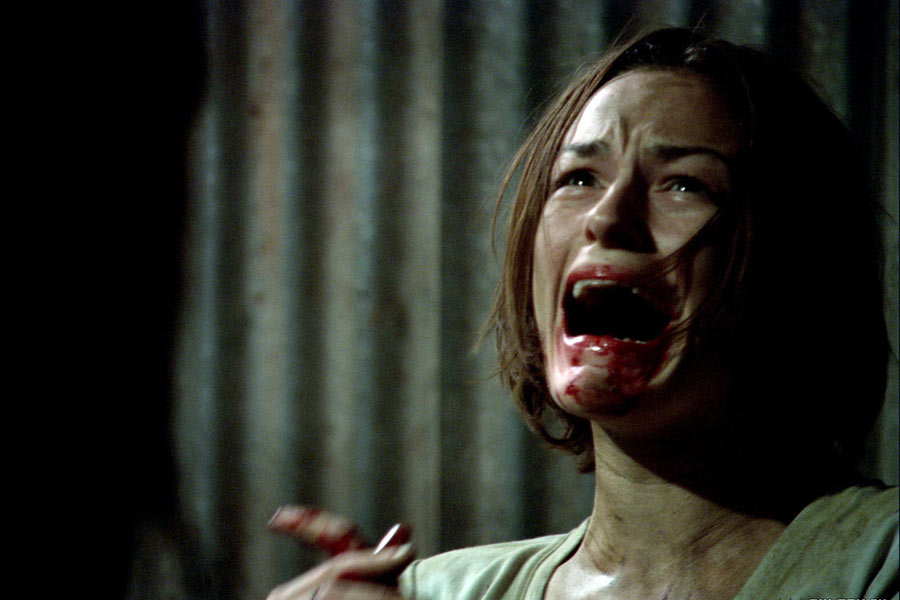
The global market shrinkage of horror films in the mid-1980s affected Australian cinema too, with just four Australian horror titles released between 1993 and 2000. Horror cinema would be re-invigorated by Wes Craven’s self-aware slasher Scream in 1996. The attempt to replicate horror’s revival on Australian screens resulted in critical and commercial failures such as Cut and Cubbyhouse in 2001. Not until Greg Mclean’s Wolf Creek, released in 2005, would an Australian horror film find commercial interest.
The film begins with three young backpackers enjoying the idyllic Broome beach in the country’s north-west, before following their voyage into the fabled Australian outback, where they soon meet a presumably good-natured bushman by the name of Mick Taylor.
The film has a clear two-act structure, the first of which feels at home amongst typically Australian realist drama. The mixture of hand-held camera and simple, naturalistic dialogue keeps the film well within this tradition, while the second act, which begins with the Mick Taylor drugging the stranded backpackers, provides the sinister crux of the story.
The second act sees the young backpackers tortured and hunted down by the crazed killer, who seems to become part of the landscape, using it as his accomplice as he magically appears out of nowhere to keep the terrified tourists within his domain.
The maniacal killer, Mick Taylor, has clear lineage to the male protagonists of the Australian New Wave. In creating a mixture of the ocker comedies of the early 1970s, the loner hero who could dominate the land and the overtly nationalistic image of Australianness in Mick Dundee, the film is able to pay homage to past Australian film successes. However the film, keeping in tone with the post-New Wave rejection of landscape film, is also able to critique these past glories and Mick Taylor’s direct comparison to Mick Dundee in the film is a personification of this.
Wolf Creek kick-started a commercially viable Australian horror cinema, with a spate of similarly themed films following the Greg Mclean’s debut effort.
3. The Proposition (2005, John Hillcoat)
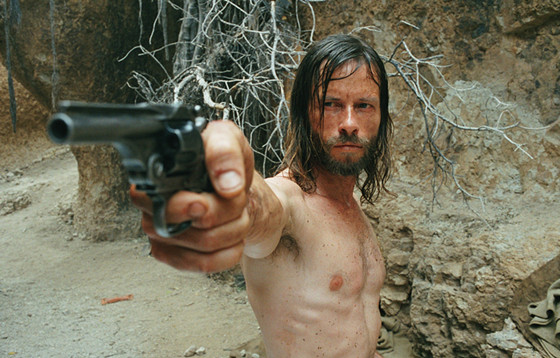
While a genre presence certainly exists in the Hollywood-influenced landscape films of the Australian New Wave with films like The Man from Snowy River and The Chant of Jimmie Blacksmith, Australian cinema has tended to shy away from the overly violent, lone-wolf, Sergio Leone-esque Western.
Although Gregor Jordan’s 2003 portrayal of bushranger Ned Kelly captured some of these elements, it wasn’t until John Hillcoat’s The Proposition that we saw a true Western on the Australian screen.
The story opens with a gruesome shootout in which two brothers of the infamous Burns gang are caught by British policeman Captain Stanley, played by Ray Winstone, who offers the older of the two, Guy Pearce’s Charlie, a pardon if he hunt down his older brother, a “dog man” who lives in a cave deep into the outback.
The film presents one of the more brutal depictions of the Australian outback, a land that is presented as only conquerable by a special breed of human being. While it is a land that breeds violence and hatred, it is captured majestically by cinematographer Benoit Delhomme, whose camera transforms the landscape into something used for a Terrence Malick film.
In a film that traverses themes such as class, race and colonialism, the motivations and morals of each character are unclear, and solutions or opinions on any of these ideas remain oblique, producing a deeply strange and original film.
4. The Black Balloon (2008, Elissa Down)
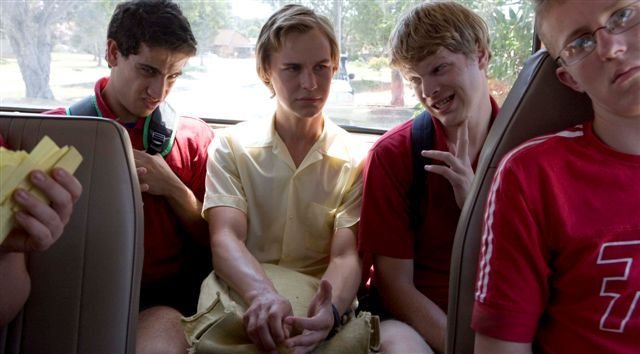
Elissa Down’s sole expedition into feature film-making came in the form of the 2008 comedy-drama, The Black Balloon. An intimate and funny suburban drama, the film follows fifteen year-old Thomas, whose selfish difficulties in having an autistic brother are compounded when his family moves home.
Mixing tried and true teenage-film tropes with the struggles of living with a mentally-handicapped family member, the film never feels schmaltzy or generic, and instead offers a poised study of a struggling but happy family.
Such a film can only work if the performances are adept, and the raw young actors never miss a mark. The young and upcoming cast, including Luke Ford and supermodel Gemma Ward, blow off any remnants of inexperience with polished and charming performances, but the real star here is the family matriarch, played by Toni Collette.
In possibly her finest Australian performance outside of her star making role in the Aussie classic Muriel’s Wedding, Collette holds the film and her co-stars together in a fierce and affectionate performance that will remind many sons of their own motherly counsel.
5. Beautiful Kate (2009, Rachel Ward)
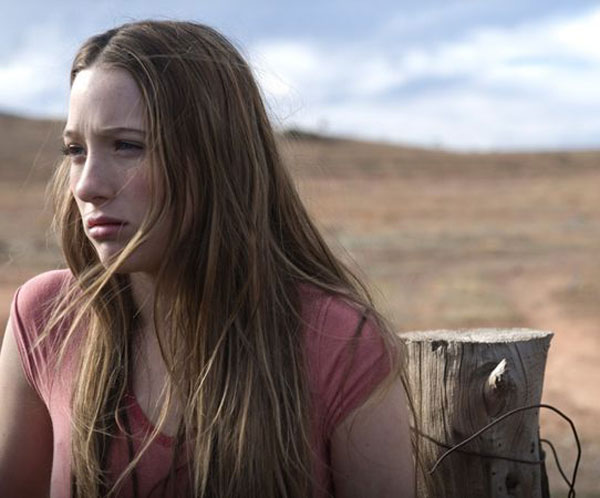
2009’s Beautiful Kate saw Australian leading man Ben Mendelsohn return to the isolation of rural Australia in a film that echoes the 1987 outback drama, The Year My Voice Broke, one of his earliest roles. The poignant drama, directed by experienced actress Rachel Ward in her feature film debut, features the return of the prodigal son to the remote house he grew up in, in order to say goodbye to his ailing father.
The film takes place in two alternating timelines, using the teenage lives of Mendelsohn’s Ned and his siblings to set up the present day strained relationship between father and son. Ned’s father, a torn-down and decrepit man, played by Bryan Brown, blames Ned for the tragedy that occurred many years ago and for leaving him to rot in the rural wasteland.
The flashbacks detail the complicated relationship Ned had with his beautiful sister Kate. Rather than feeling like forced expositional backstory however, the flashbacks feel like a series of romanticised vignettes. Without going in to too much detail, the outback, which substitutes for a Southern gothic setting, seems to create an otherworldly atmosphere in which incestuous relationships and death almost feel like the norm.
Contrasting this to the present-day scenes, which reek of regret and loneliness, Rachel Ward has been able to craft a film that pays homage to the classic melodramatic landscape films of the 1970 and 1980s, but also one that offers a critique on these typically valorised settings and subjects.